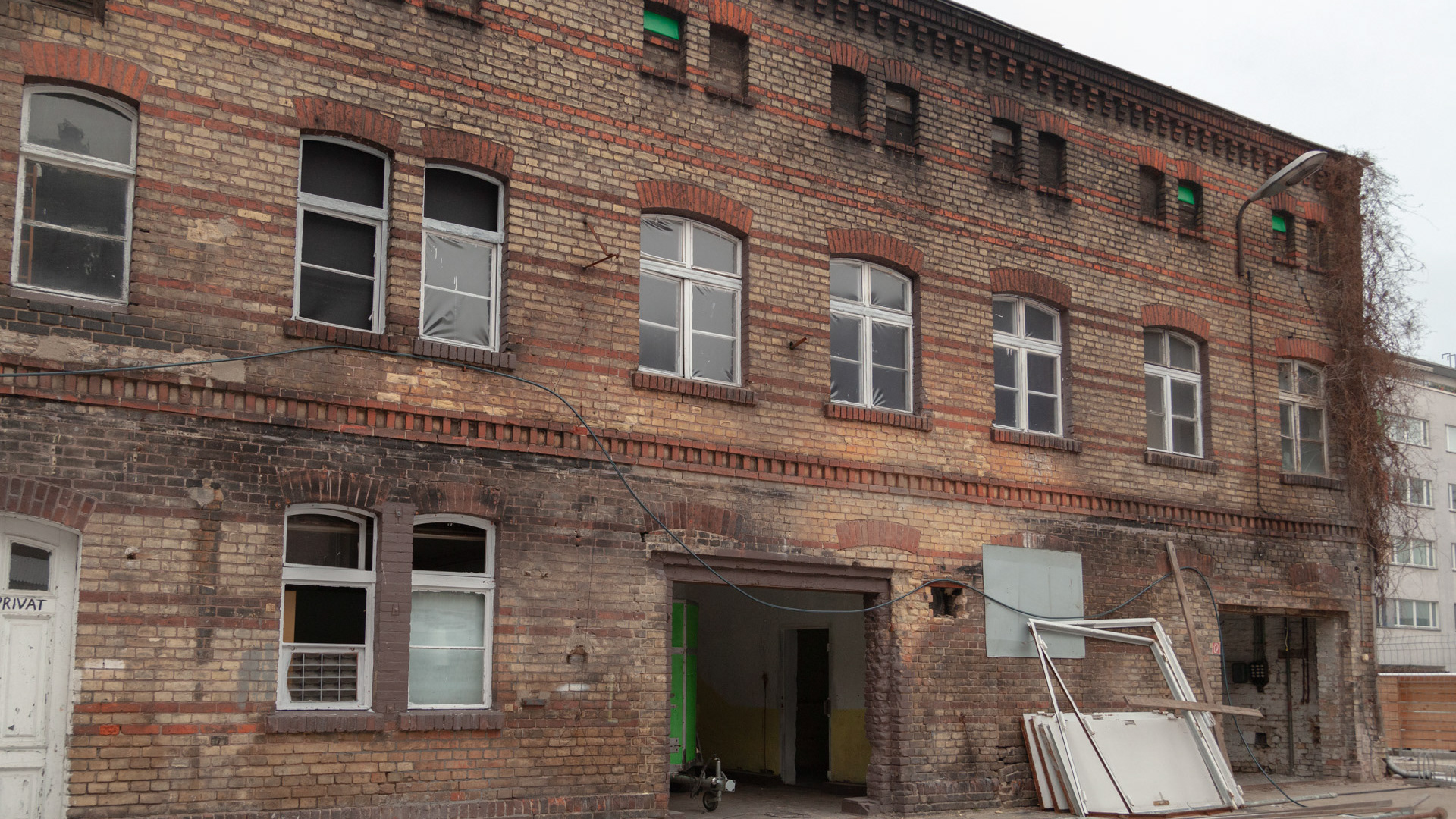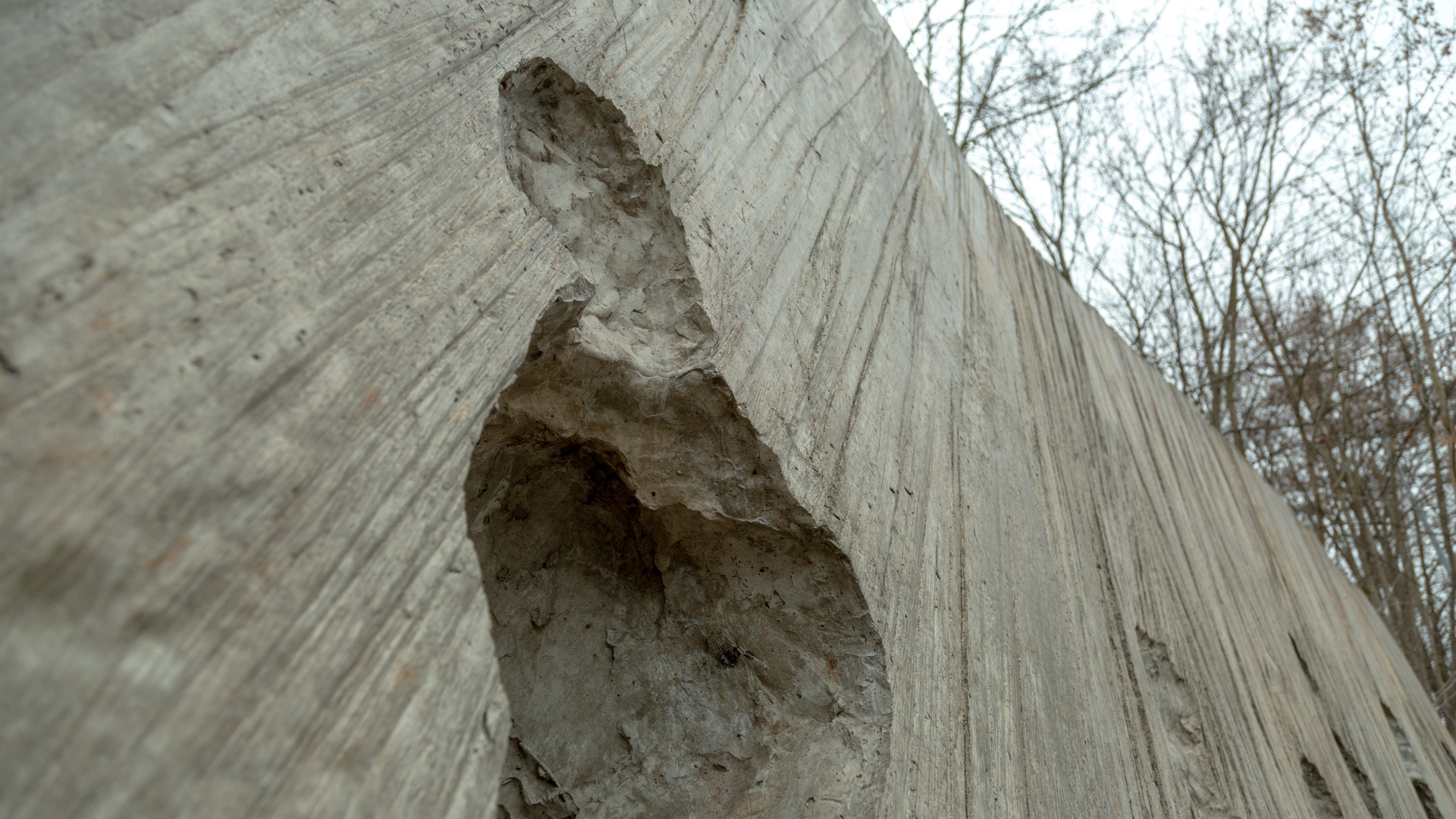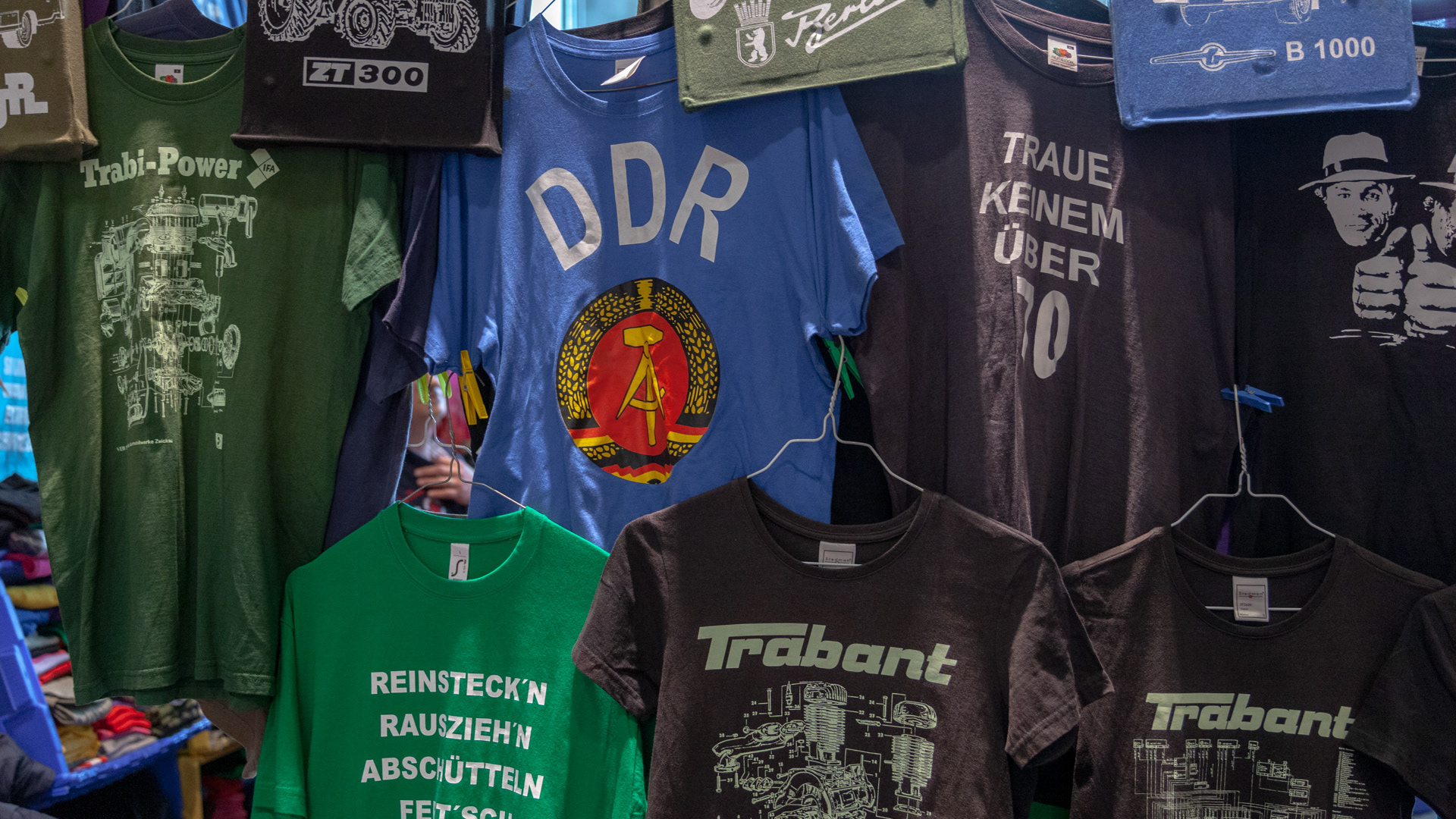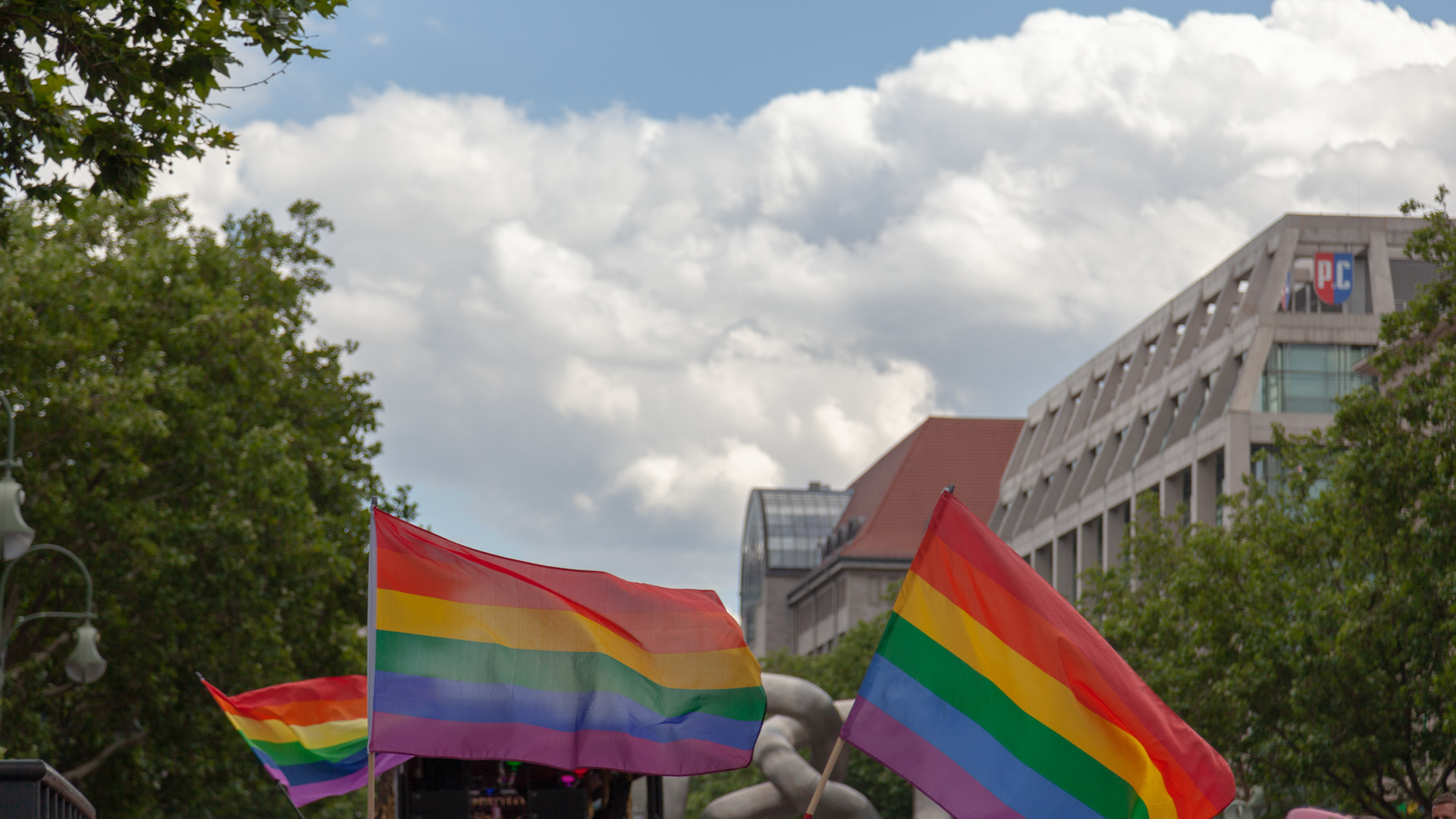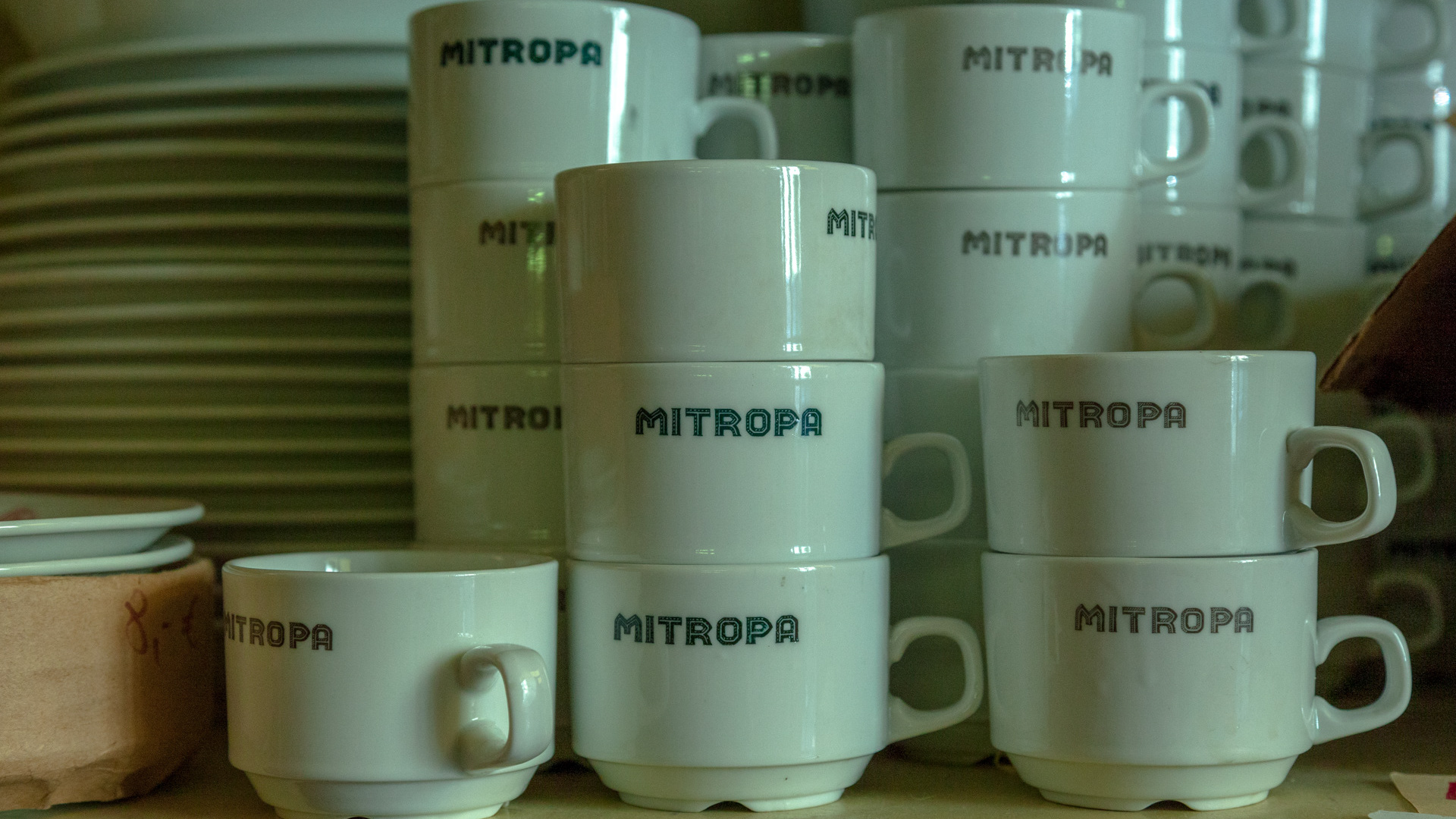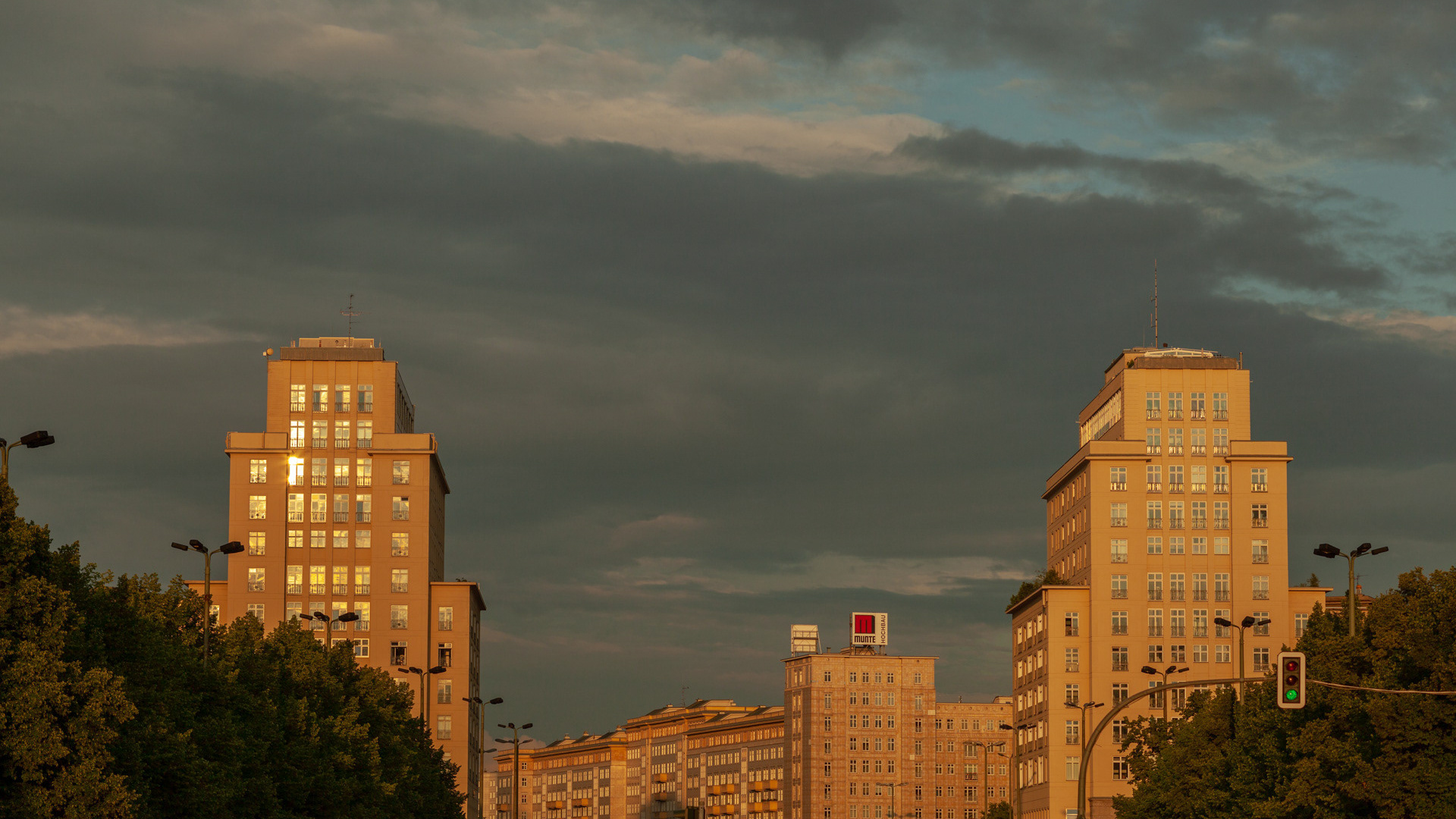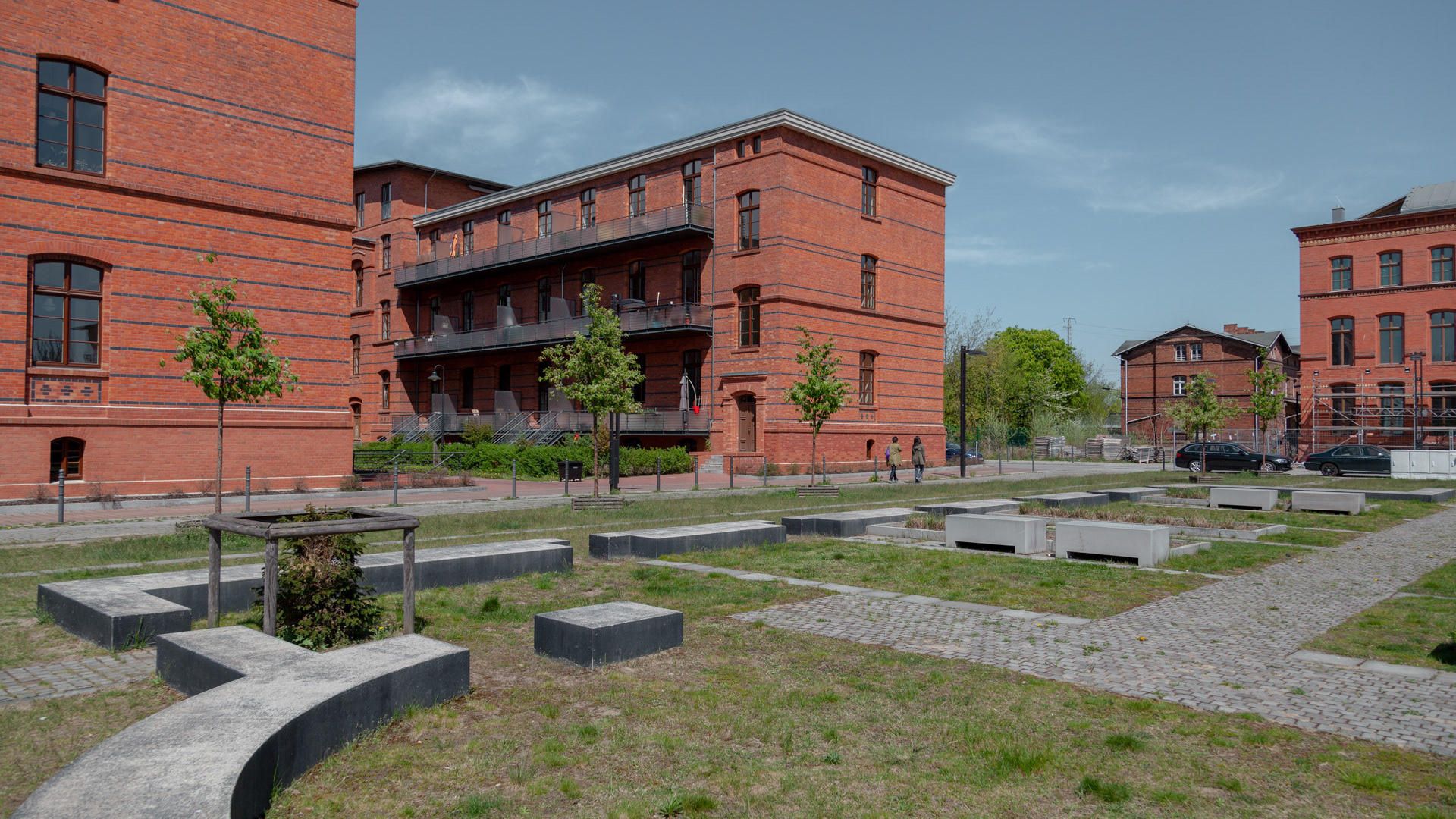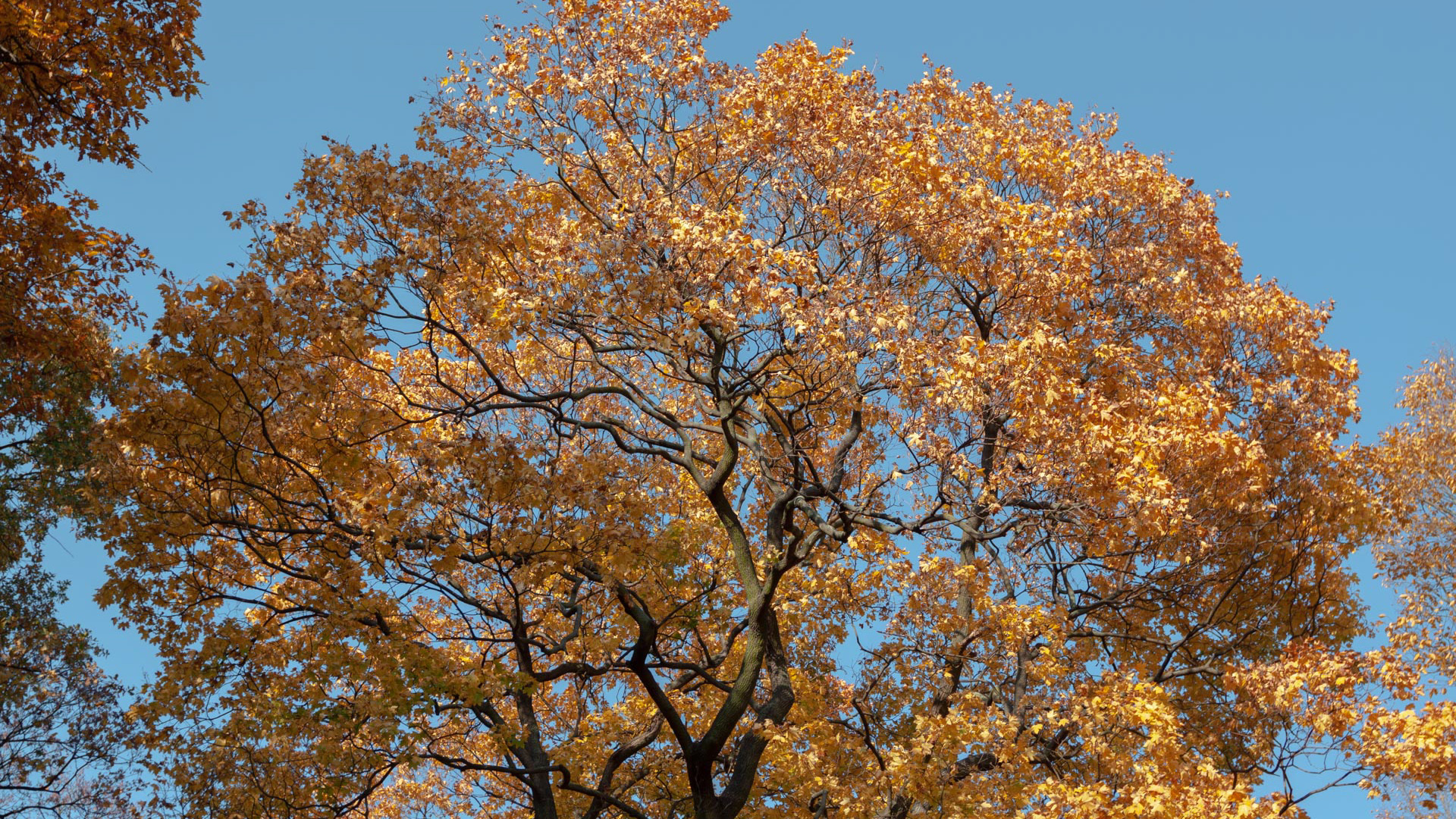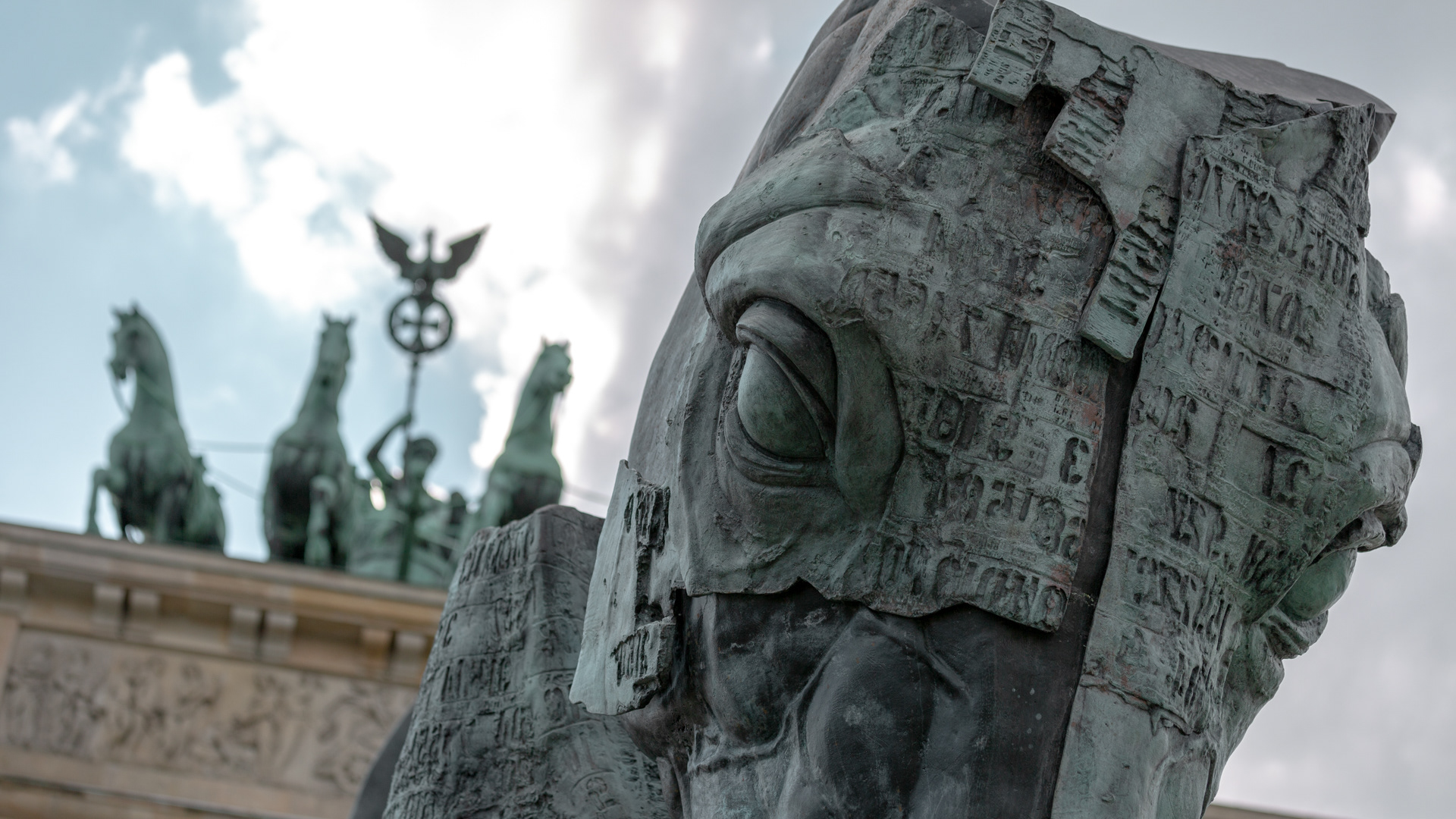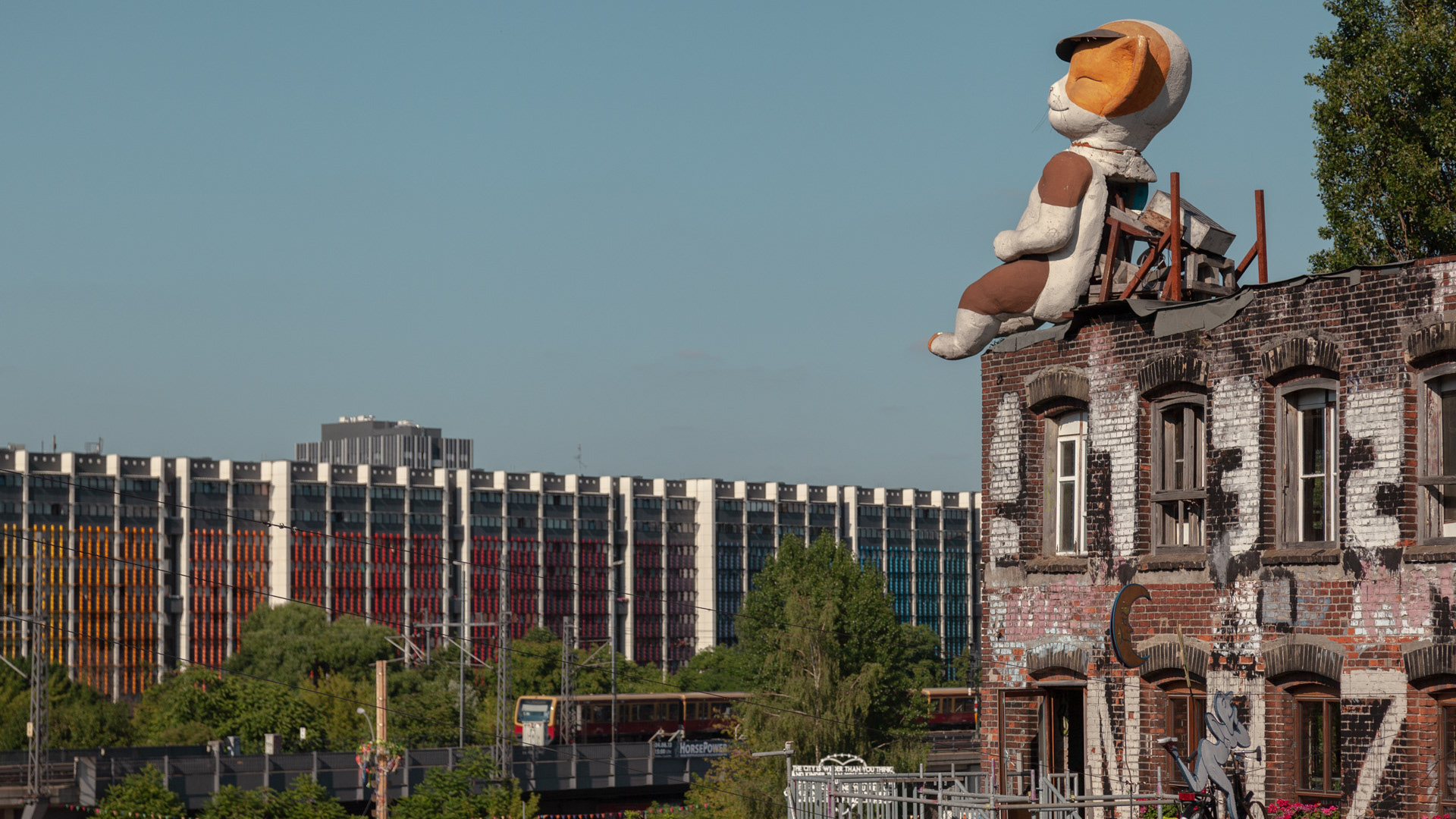We already talked about the The Three Soviet Memorials - Ehrenmal from the Red Army built just after the end of the WWII to bury the Russian soldiers who died during the Battle of Berlin.
Of the three memorials, two were built in districts of the city that then became part of the Soviet Sector, but one, the Tiergarten one, was built not far from Brandenburger Tor and the Reichstag, but actually located in West Berlin.
The question that was rising then was: how was then possible for the Russians to go there and to guard the Memorial? Where they were coming from?
The answer comes partially from this picture, made by a former british soldier in Berlin at one of the parades made by the russians in the area. Three times a year, the Soviets held a military parade there - February (Red Army Day), May (Great Victory over Fascism) and November (the October Revolution) and they were usually taking pictures together.
Of the three memorials, two were built in districts of the city that then became part of the Soviet Sector, but one, the Tiergarten one, was built not far from Brandenburger Tor and the Reichstag, but actually located in West Berlin.
The question that was rising then was: how was then possible for the Russians to go there and to guard the Memorial? Where they were coming from?
The answer comes partially from this picture, made by a former british soldier in Berlin at one of the parades made by the russians in the area. Three times a year, the Soviets held a military parade there - February (Red Army Day), May (Great Victory over Fascism) and November (the October Revolution) and they were usually taking pictures together.
When i've asked him about the Changing of the Guard, he told me:
"As part of the Quadripartite Agreement, the Soviets retained the right to provide a permanent guard at the Tiergarten Memorial which was de facto, Soviet territory. The guard was provided by the Ceremonial Battalion of 6th Independent Guards Motor Rifle Brigade based at Karlshorst; these troops also supplied the Spandau Prison Guard when it was the Soviets' turn. They were brought in each day by military bus through the Invalidenstrasse Checkpoint. The British Royal Military Police Wall Patrol used to escort them to and from Invalidenstrasse, and the RMP maintained a police post by the rear entrance manned by two NCOs."
Copyright: http://www.flickr.com/photos/16498755@N07


